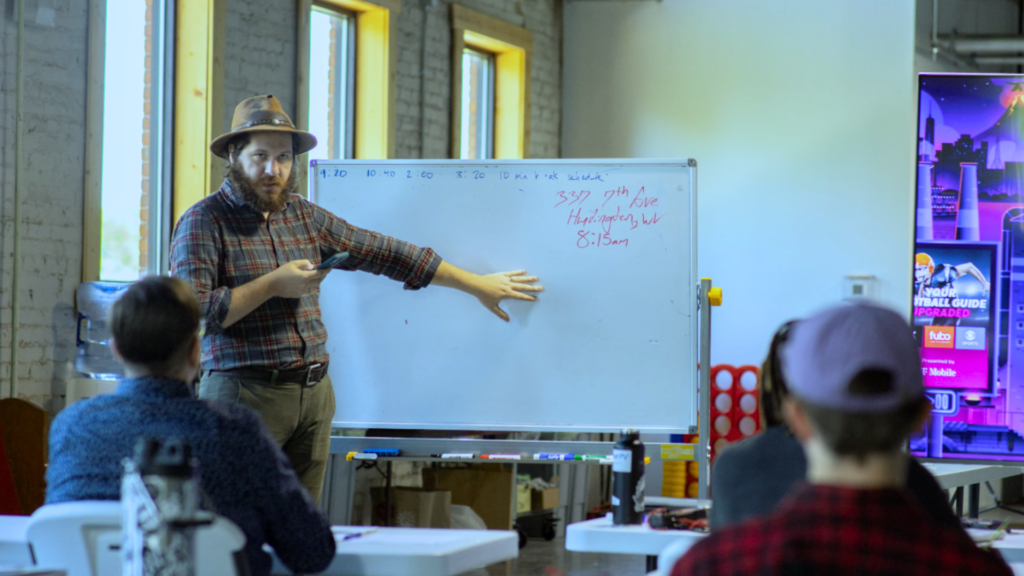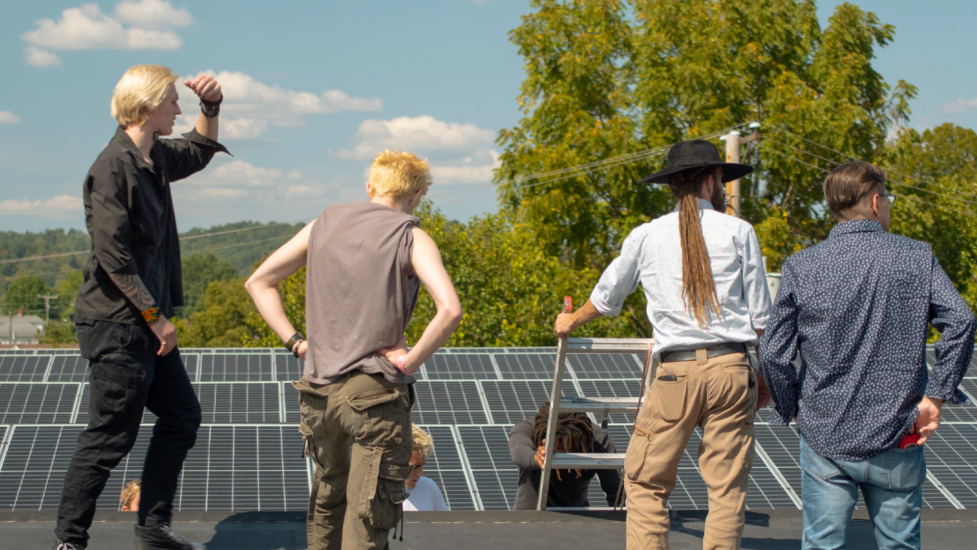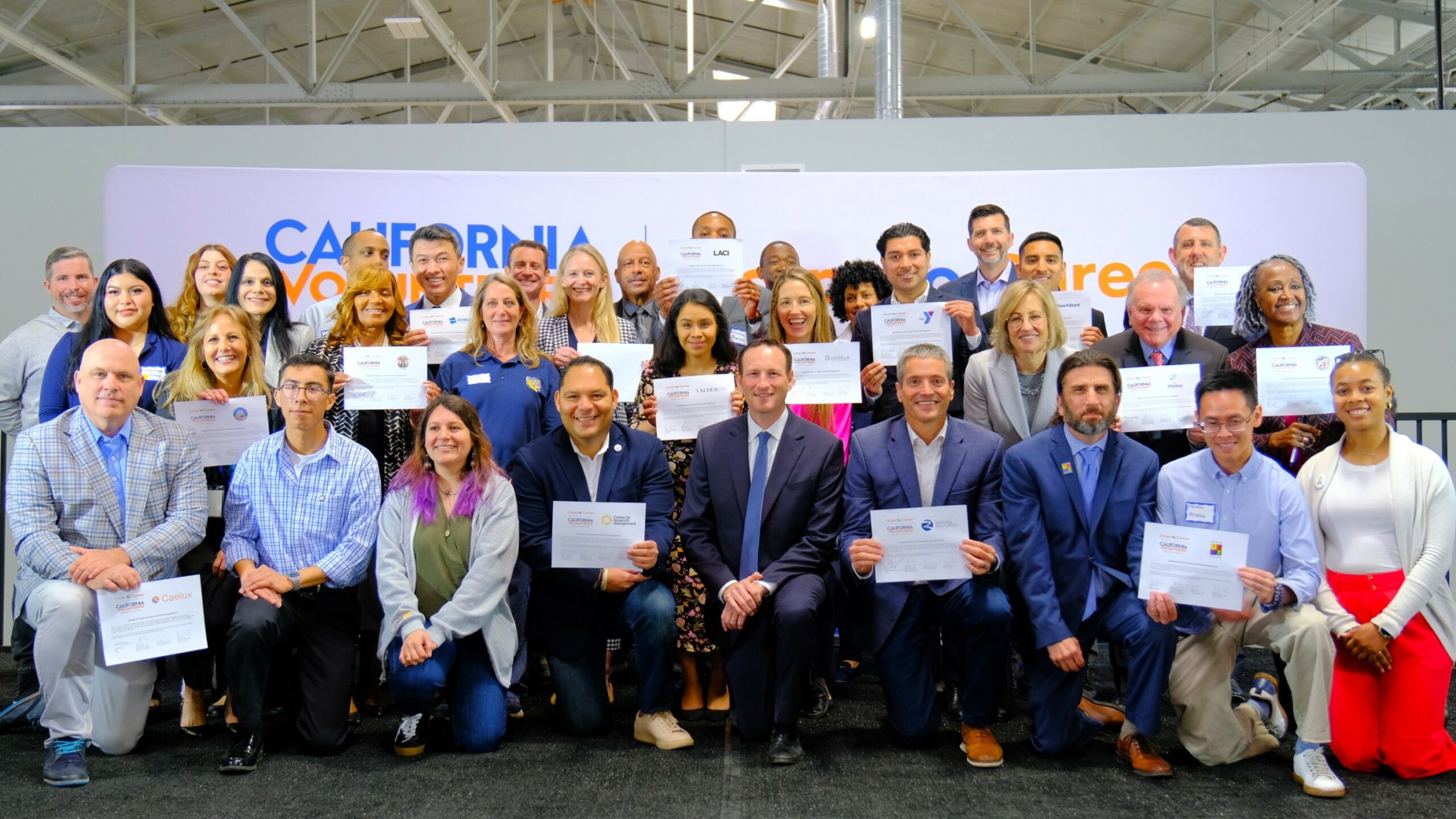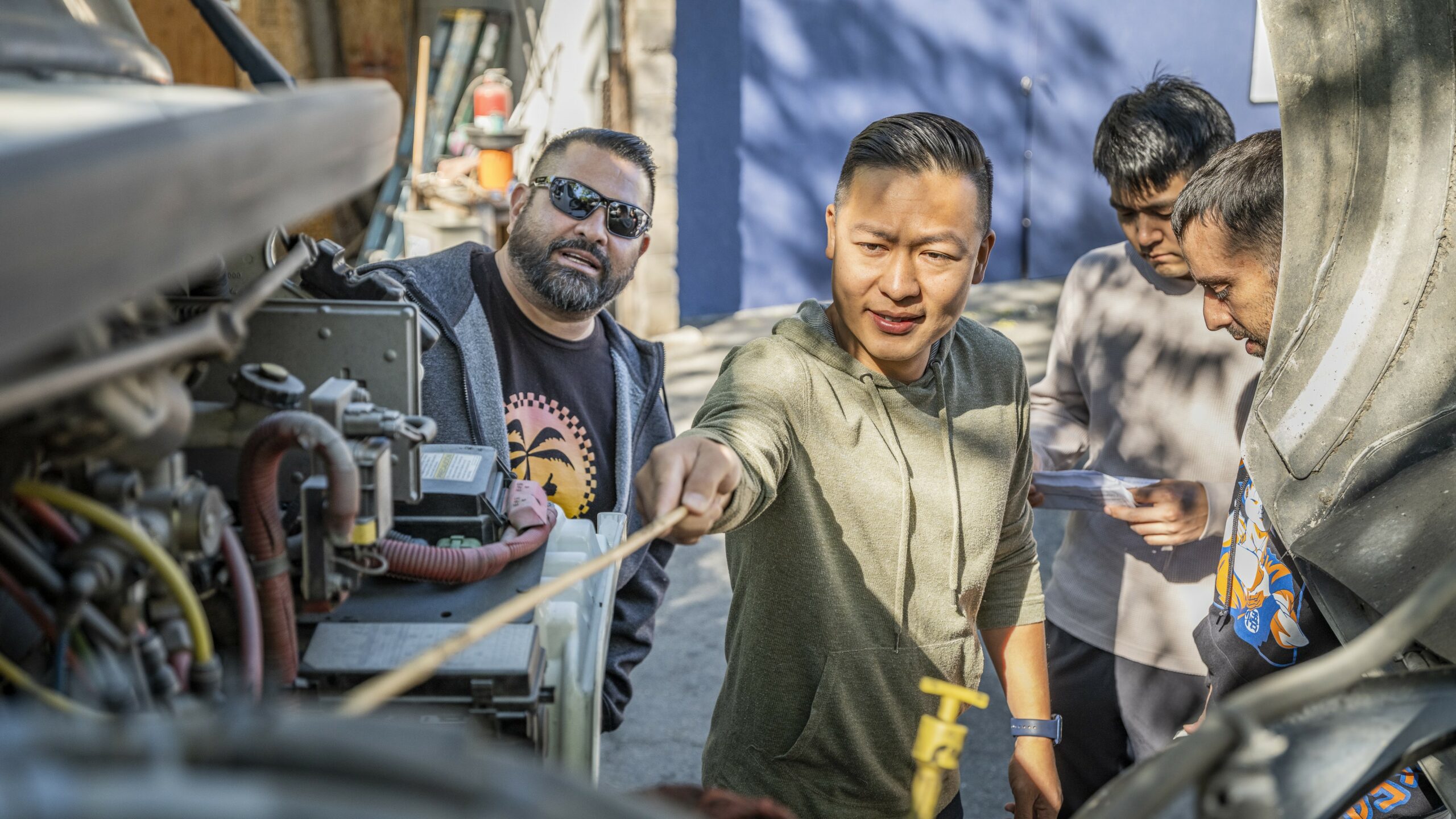As the country transitions to green energy, and natural gas has become more affordable, the appetite for coal continues to fade. By 2025, electricity powered by solar energy is forecast to jump significantly in the United States, while coal production is expected to hit its lowest level since the 1960s.
Employment in the coal mining industry has been on a steady downward path since the mid-1980s when there were 178,000 people employed in the industry. Compare that to roughly 43,000 today.
For regions like Appalachia, once the country’s leader in coal production, the impact is stark. West Virginia – the only state entirely in the Appalachian region – has been particularly hard hit.
At $27,346, its per capita income level is the second-lowest in the country, only slightly bigger than Mississippi. Its labor participation rate of 54.8% is also one of the lowest in the country and many young people are leaving the state to find opportunities elsewhere.
It’s those kinds of financial realities that are the driving force behind a new generation of West Virginians determined to stay put and rebuild Appalachia’s economy.
“We’re not here to demonize the coal industry. We’re here to build upon its legacy and continue our birthright to produce energy, but through new tools,” says Jacob Hannah, CEO of the nonprofit Coalfield Development, which is training and hiring workers in growing industries.
Embracing a Diversified Economy That is Creating Jobs

“When folks look at Appalachia, you hear a lot about the loss of jobs, loss of employers, due to the coal companies shutting down and other companies shutting down because of that. There’s a large amount of people who have given up looking for work because there’s either not a lot of employment near their isolated community in Appalachia, or they’ve been impacted by the dilapidation of coal,” explains Hannah.
Coalfield Development serves 21 counties in southern West Virginia and is headquartered in Huntington, one of the cities hardest hit by the opioid overdose epidemic.
“We focus on hiring people facing barriers to employment and connecting them to our personal, professional, and academic development model. These are folks coming out of incarceration, coming out of recovery, and coming from being laid off from the coal mines or other industries.”
Hannah says there’s a combination of need and opportunity right now in West Virginia and the nonprofit’s strategy is to learn from the past and move away from an economy that was so dependent on one industry.

“Our solution to avoiding those challenges, and reversing some of the damage, is to go from a mono economy to a diversified economy where there’s multiple opportunities and multiple markets that can bring up the workforce.”
The nonprofit wholly or partially owns a number of employment-based social enterprises, “enterprises that exist for the purpose of advancing the well-being of its employees.”
It’s through these businesses that Coalfield Development offers paid on-the-job training in what it sees as industries with a future in West Virginia, including renewable energy, construction, manufacturing, re-use and recycling, and agriculture.
“We have what you would call ‘brain drain’ in the region. A lot of people in their 20s have left for other opportunities. That leaves a large swath of people either just coming out of high school, or folks in their 30s or older. We’ve had trainees as old as in their 60s,” says Hannah.
He adds, “There’s no shortage of people that need jobs and there’s no shortage of employers that need the people. It’s a matter of connecting the two.”
The most comprehensive program requires a three-year commitment. Workers receive 33 hours a week of paid on-the-job training, six hours of community college to obtain an associate degree, and three hours of mentoring and coaching to remove barriers such as regaining a driver’s license for people who might be justice-impacted. A shorter model offers paid on-the-job training as an introduction to one of the sectors, along with mentoring support for six months.
“You’re also in a union job, so it’s paying good wages with good benefits,” says Hannah.
There is also a free one-month program offered around in-demand industries such as solar energy and construction. “They’re not on our payroll. They’re community individuals that are looking for information on a topic that aligns with the employment demand in the community or region,” he adds.

Mining the Sun in West Virginia
Since its founding in 2010, Coalfield Development has hired more than 1,700 people for local jobs through its training programs. Hannah estimates that 75% of the trainees have remained in the workforce, with another 25% choosing to continue their education.
The nonprofit has supported or started 72 new businesses, creating another 800 new jobs, according to Hannah.
The biggest social enterprise in the Coalfield Development ecosystem is Solar Holler, one of the largest solar installers in West Virginia. The jobs provided through the training program are IBEW union apprenticeships.
Solar Holler’s website says its mission is to “Mine the Sun” and touts that, “For generations, Appalachians have powered America. We continue that legacy with clean energy that empowers our neighbors and renews our communities.”
In just over a decade the company has completed more than 1,400 solar installations in homes, businesses, and nonprofits.
Solar Holler and Coalfield Development are part of a broader coalition called ACT (Appalachian Climate Technology) NOW that competes for federal dollars to have a bigger impact. The coalition has been awarded roughly $88 million dollars in federal grants and matches from non-federal sources.
That investment has translated into a bigger push to train workers in the solar energy industry in the region, a trend that is evident around the country. The demand for solar installers nationwide is expected to grow 22% over the next eight years.
In West Virginia, where the minimum wage is $8.75 an hour, solar installers average nearly twice that amount at $17.31 an hour.
‘I was pretty much just scheming to get out, pretty much as soon as possible’
When 21-year-old Dylan Albright discovered there was a free, one-month program to learn more about solar energy jobs, he was intrigued.
He says he and his friends have long been interested in sustainability, but after high school he went to a trade school and boot camp for computer systems repairs. While he was offered part-time jobs, he says the wages were not much different that what he was earning in a warehouse for a retailer and believed he’d need to leave West Virginia.
“For pretty much my entire middle school, high school, and even some of my early adult life, I was pretty much just scheming to get out, pretty much as soon as possible,” says Albright.

When they learned about the free program at Coalfield Development, he and his friends signed up.
“When we heard that there was a program teaching people about the ins and outs of solar, including installation and how it worked, it was kind of a no-brainer for us to hop on that and learn as much as we could about it,” says Albright.
Last fall, Albright says, he learned everything from design and installation of solar panels to how to operate a forklift and eventually earned certifications that included the OSHA 10-Hour Construction Certification.
He now works full-time as a solar installer for Solar Holler, with insurance and benefits through his union. “I’m comfortable knowing that if I needed to, I could live alone without a roommate. I could support myself and still be building savings.”
Albright says he likes his new job, but cautions it may not be for everyone.
“You’re working long hours, up on a roof, and on a harness. It does get the back and upper body working, for sure. But if you like moving your body, and you like having a variety in the tasks that you can do, it’s a pretty nice job.” he says. “Honestly, it’s the best job I’ve had by far, I feel pretty good. I feel like I could stick around for a lot longer than I used to think.”
‘For me, it’s deeply personal’
Coalfield Development CEO Hannah is a fifth-generation West Virginian. Three generations of his family worked in the coal industry and he is personally invested in building a better future for Appalachians through a more diversified economy, one that builds on the energy that powered it for so long.
“We’re not here to just mine coal, we’re mining the sun. Coal is just sunlight that’s trapped in the soil for a billion years and we are just cutting out that middle man of the billion years and going straight to the source.
“For me, it’s deeply personal. It’s deeply spiritual. It’s what I consider a just transition, something that’s been needed for the last 100 years.
“This work is what I would have wished my dad had the chance to do. I saw him get laid off from the coal mines and get his last check in the mail. I’ve seen businesses in my community shut down. I, myself, had to leave to go to school to find better opportunities.
“Now, it is seeing folks be able to have agency and dignity again, and for our region not to continue to be this battleground area for this narrative that it’s down in its mouth, down on its luck, and just doesn’t wanna work. None of that’s true. This is a way to give us the tools to prove that in a way that honors our legacy, as well.”











